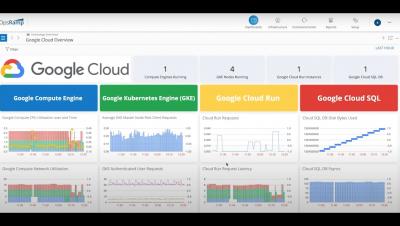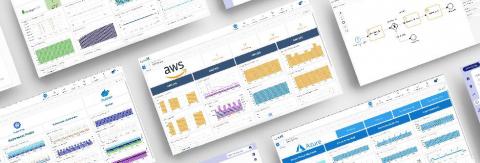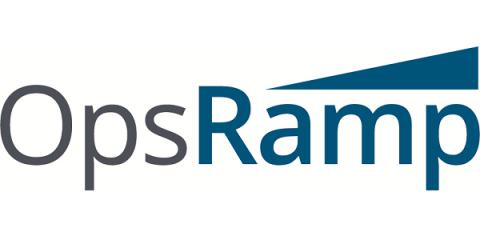Workflow Automation with Human Supervision
IT automation is growing in adoption this year as IT organizations grapple with constantly changing priorities, the pressure of supporting large remote workforces and tight resources. However, IT teams are hesitant to deploy automation workflows on production infrastructure that supports important business applications and services. Trust is an issue – but errors do occur. Unsupervised automation can sometimes create more problems by missing the actual context for issue resolution.











